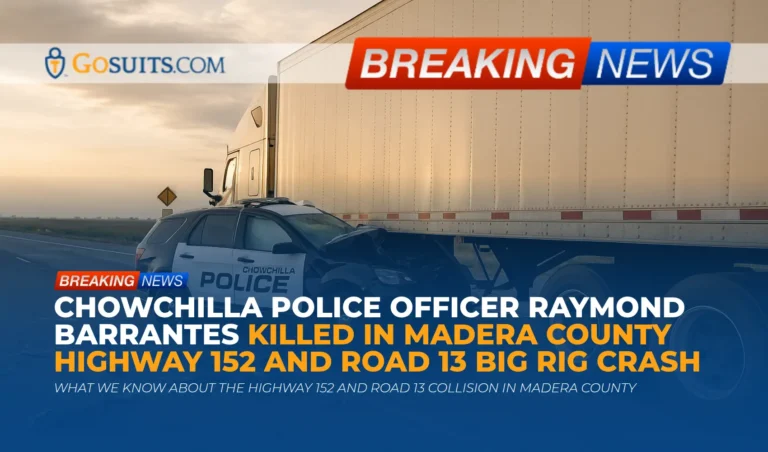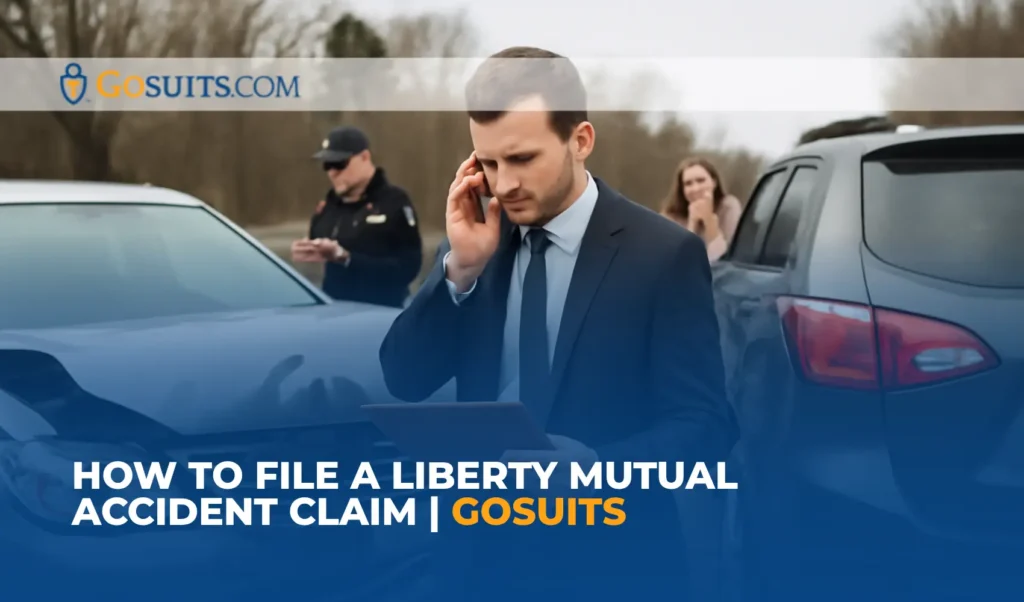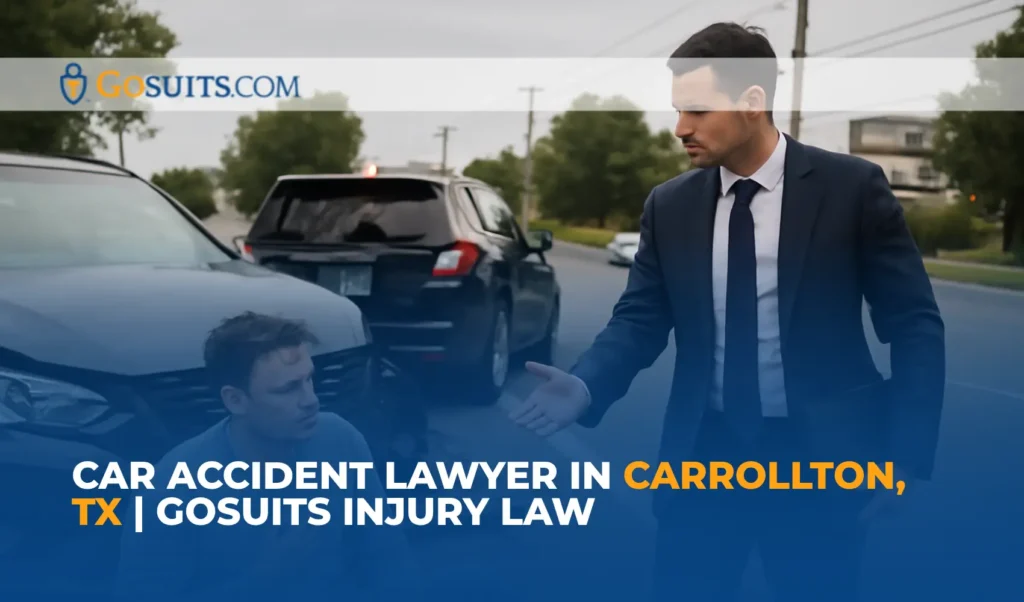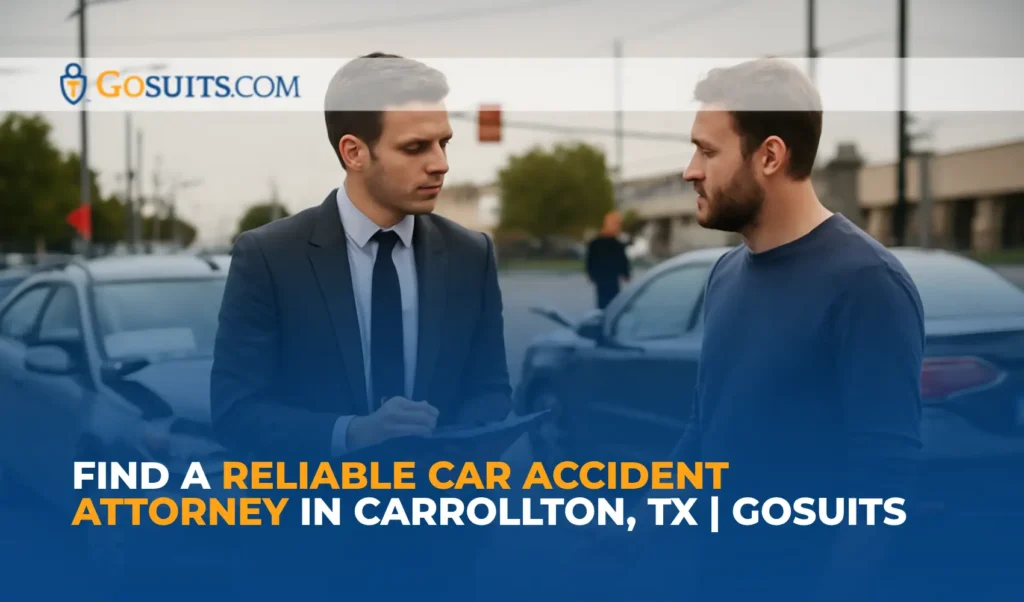- What We Know About the Highway 152 and Road 13 Collision in Madera County
- Understanding Investigations After a Fatal Truck Crash
- Where Families Can Obtain Official Information and Records
- Legal Context: Potential Civil Liability and Rights After a Fatal Intersection Crash
- Safety Considerations at Rural Highway Crossings Involving Large Trucks
- Practical Steps to Preserve Rights and Evidence
- Commentary from Gosuits Chowchilla, California Personal Injury Attorney
- Why Timely Action Matters Now
What We Know About the Highway 152 and Road 13 Collision in Madera County
A tragedy in Madera County has left a family, a police department, and a community grieving. Authorities report that a Chowchilla Police officer, identified publicly as Officer Raymond Barrantes, was killed in a collision while on duty. According to initial information shared by officials, the officer was traveling eastbound on Highway 152 when his patrol vehicle collided with the right side of a big rig that was crossing at Road 13. The collision occurred during a routine patrol. The California Highway Patrol is conducting the investigation.
In the wake of the incident, flags were lowered to half-staff and community members placed flowers at the Chowchilla Police Department. The Madera County Sheriff’s Office stepped in to handle calls for service for the city during the immediate aftermath, a common practice when a department is coping with a critical loss of one of its own.
Timeline and Location
The crash happened in Madera County on Highway 152 at Road 13, a rural intersection used by both local traffic and commercial vehicles. The incident occurred on a Friday night while the officer was on active duty. Details about lighting, weather, and traffic conditions have not yet been publicly released by investigators.
Agencies Involved and Current Status
The California Highway Patrol is leading the crash investigation. Chowchilla Police officials have publicly mourned the loss, and the Madera County Sheriff’s Office has supported city operations during the period of mourning. In California, fatal traffic collisions trigger a thorough, multi-faceted inquiry that can involve scene reconstruction, vehicle inspections, and records requests. The results are typically summarized in a collision report and, separately, in a coroner’s report.
Understanding Investigations After a Fatal Truck Crash
When a fatal crash involves a large commercial truck and a patrol vehicle, investigators look closely at the movements of each vehicle, how the intersection is controlled, what the line of sight was for each driver, and whether any vehicle or roadway factors played a role. The goal is to determine the primary collision factors and any associated factors that contributed.
Evidence Typically Collected
- Scene measurements and reconstruction: Skid marks, yaw marks, vehicle final rest positions, debris fields, and point of impact are documented. This information helps estimate travel paths and impact dynamics.
- Vehicle inspections: Investigators often examine lights, brakes, tires, and steering systems. For commercial trucks, inspections may include brake adjustment measurements, trailer coupling integrity, and lighting functionality.
- Electronic data: Many patrol vehicles and commercial trucks have event data recorders or telematics that can capture speed, braking, throttle position, and other pre-impact metrics. Federal regulations define event data recorders for passenger vehicles and their recorded parameters. See 49 CFR Part 563.
- Motor carrier records: For the trucking company, federal rules require compliance with state traffic laws while operating on public roads 49 CFR 392.2. Records that may be relevant include driver qualification files, hours-of-service logs, electronic logging device data, and maintenance records. Certain supporting documents are required to be retained for at least six months 49 CFR 395.8(k)(1).
- Intersection control and visibility: Investigators review signage, stop controls, pavement markings, and whether vegetation or structures limited sight distance. State traffic engineers may review whether the intersection meets design standards and whether additional countermeasures are warranted.
- Toxicology: The coroner typically conducts toxicology testing as part of the autopsy process in fatal crashes. The results are generally provided to next of kin and authorized parties under state law.
How CHP Collision Reports Work
The CHP prepares a collision report that identifies involved parties, summarizes the scene, and lists the primary collision factor if determinable. California law controls who may obtain these reports. The Vehicle Code allows disclosure of traffic collision reports to involved parties and their representatives, insurers, and certain other entities Cal. Veh. Code § 20012. The CHP provides instructions and a request form for collision reports, often referred to as CHP 190 CHP Collision Report Request.
Given the sensitivity of line-of-duty incidents, an investigative overview may take weeks or months to finalize, and supplemental reports or diagrams may follow. Families and authorized representatives should be prepared for this timeline.
Where Families Can Obtain Official Information and Records
Grieving families often need to gather official documents for benefits, insurance claims, and personal understanding. The following points outline common sources of records and how they are generally accessed in California. Processes vary by agency, but the legal framework and primary points of contact are consistent statewide.
CHP Collision Report
Collision reports for incidents on state highways are typically maintained by the CHP area office that investigated the crash. Involved parties or their lawful representatives can request a copy using the CHP 190 process CHP Collision Reports. Provide as much information as possible, such as the date, time, location, and names of involved parties, to facilitate the search.
Under California law, collision reports are not public records for general release but can be disclosed to specified persons and entities Cal. Veh. Code § 20012. Families may authorize an attorney to obtain the report on their behalf.
Coroner’s Records and Autopsy Report
In Madera County, the Sheriff’s Office also serves as the Coroner. Autopsy reports, toxicology results, and related records are generally available to next of kin. Access is governed by California’s public records framework, with privacy protections for certain investigative materials. A request may be made referencing California’s Public Records Act, noting the familial relationship and the date and location of death. For general information on the Public Records Act, see the California Attorney General’s overview California Public Records Act.
It is common for toxicology results to take several weeks. Families can ask the Coroner’s Office about anticipated timeframes and whether a preliminary cause of death is available.
Death Certificates
Certified copies of death certificates are issued through the county or the California Department of Public Health. Eligibility is limited to authorized individuals, including immediate family. Instructions for obtaining certified copies are provided by the California Department of Public Health CDPH Vital Records.
Roadway, Signal, and Traffic Records
If questions arise about roadway design, signage, or signal timing, families or their representatives may request maintenance logs or traffic engineering documents from the responsible public agency. For state highways, Caltrans is generally the custodian. Information about traffic operations programs is maintained by Caltrans Caltrans Traffic Operations. Requests should identify the specific location, relevant dates, and the type of records sought.
Workers’ Compensation and Line-of-Duty Death Benefits
Survivors of public employees who die while performing their duties may be eligible for various benefits. These programs are separate from any civil claims against third parties.
- California workers’ compensation death benefits: The Department of Industrial Relations outlines benefits for dependents of workers who die from a work-related injury, including burial expenses and periodic payments to eligible dependents. See the state’s information on workers’ compensation benefits DIR Workers’ Compensation Benefits.
- Public retirement system benefits: Many California peace officers are members of CalPERS. CalPERS provides information on death benefits and survivor options, which vary based on membership status and elections CalPERS Death Benefits.
- Federal Public Safety Officers’ Benefits Program: The PSOB Program provides a one-time benefit to eligible survivors of public safety officers who die as a result of line-of-duty injuries. It also includes potential education assistance for dependents. See program details at the Bureau of Justice Assistance PSOB Benefits.
- California Victim Compensation Board: CalVCB may assist with certain expenses for eligible victims and families, including funeral and burial costs, subject to program rules CalVCB.
These benefits have specific eligibility criteria and documentation requirements. Families often find it helpful to keep a secure file of the death certificate, coroner’s report, collision report, and proof of relationship for benefit applications.
Legal Context: Potential Civil Liability and Rights After a Fatal Intersection Crash
After a fatal intersection collision, the civil law questions generally focus on what caused the crash and who may bear legal responsibility. This is true even when the person killed was on duty in a public safety role. An investigation may identify one or more contributing factors, including driver behavior, visibility, vehicle conditions, and the design or control of the intersection. The following are common civil-law considerations in California. These are general principles intended to aid understanding.
Potentially Responsible Parties
- The commercial truck driver: Duties include yielding where required, maintaining a proper lookout, and complying with traffic controls. Federal regulations require truck drivers to follow state and local traffic laws while operating 49 CFR 392.2.
- The motor carrier or trucking company: Possible responsibilities can include driver hiring, training, supervision, hours-of-service compliance, and vehicle maintenance. Document retention rules may affect what evidence is available later 49 CFR 395.8(k)(1).
- Vehicle or component manufacturers: If a mechanical failure plays a role, product-related claims can arise, which require engineering and forensic analysis.
- Public entities responsible for road design or control: Claims against public entities are subject to strict timing and immunity rules in California. Some claims may involve allegations about signage, sight distance, or intersection configuration. Public entities can raise design immunity under state law Gov. Code § 830.6, which is fact-dependent and requires careful evaluation.
Determining who is civilly responsible depends on the facts. It is common for multiple parties to be involved, and their insurers may dispute fault. Early preservation of evidence and careful review of the scene and vehicles are pivotal.

Government Claims and Time Limits in California
California has strict deadlines. For claims against public entities, a written government claim generally must be filed within six months of the incident Gov. Code § 911.2. Wrongful death claims against private parties typically must be filed within two years CCP § 335.1. When workers’ compensation benefits are involved, the employer or insurer may have subrogation rights if a third party is at fault Lab. Code § 3852. Because these rules can intersect, timing and strategy matter.
Workers’ Compensation Death Benefits for Public Employees
Independent of any civil claim, eligible dependents of a public employee who dies in the course of employment may receive workers’ compensation death benefits and burial expense coverage. The California Department of Industrial Relations describes the benefit framework and processes DIR Workers’ Compensation. The availability and amount of benefits depend on dependency status and other criteria set by statute.
Federal Public Safety Officers’ Benefits
The PSOB Program provides a one-time benefit to eligible survivors when a public safety officer’s death results from injuries sustained in the line of duty, along with potential education assistance for dependents. Eligibility determinations consider the circumstances and documentation supporting that the death was duty-related. Program information is available through the Bureau of Justice Assistance PSOB Benefits.
Insurance Issues and Recorded Statements
After a fatal crash, multiple insurers may become involved, including the trucking company’s commercial carrier, a municipality’s risk pool or insurer, and potentially personal policies. Communications with adjusters are recorded and can be used to limit or dispute claims later. Before speaking with any insurer or accepting any settlement paperwork, it is prudent to consult with a qualified attorney to understand rights, potential damages, and how different benefit systems interact. What is said early on can have long-term effects on recovery and coordination of benefits.
Safety Considerations at Rural Highway Crossings Involving Large Trucks
Rural highway intersections, especially those where a local road crosses a high-speed corridor, present known risks. Large trucks have longer acceleration times and larger blind spots, and they require more time and distance to safely clear an intersection. Visibility, approach speeds, sight distance, and gap acceptance all play a role.
Large Truck Intersection Risk Data
National data reflect the severity of crashes involving large trucks. NHTSA’s Traffic Safety Facts reports that fatal crashes involving large trucks constitute a significant share of roadway deaths each year, with a meaningful portion occurring at intersections or related conflict points. For detailed national statistics regarding fatal large truck crashes, see NHTSA’s Traffic Safety Facts reports on large trucks NHTSA Large Trucks Traffic Safety Facts.
While statistics cannot capture the pain of a specific loss, they underscore why investigators focus on intersection control, sight lines, and driver decision-making when a tractor-trailer is crossing a highway and other vehicles are approaching at speed.
Visibility, Sight Distance, and Stopping Issues
The Federal Highway Administration highlights strategies to reduce intersection crashes, including improved sight distance, enhanced signing, high-visibility backplates, lighting, and geometric changes to reduce conflict points. FHWA’s intersection safety resources discuss engineering and operational strategies tailored to rural and high-speed environments FHWA Intersection Safety.
When a large truck crosses a multi-lane highway, safe operation depends on the driver’s ability to judge gaps accurately and the availability of sufficient clear sight distance for both the truck and oncoming vehicles. Investigations often analyze whether an approaching vehicle had adequate time to react and whether the crossing vehicle could reasonably clear the intersection given posted speeds and acceleration characteristics.
Practical Steps to Preserve Rights and Evidence
In the immediate aftermath of a fatal crash, it is overwhelming to balance grief with practical concerns. The following steps are intended to help ensure key information is preserved and accessible when needed. These are general recommendations. Every situation is unique.
Preserve Vehicle and Electronic Data
- Patrol vehicle data: Modern patrol vehicles may contain event data recorders, dash cameras, and other telematics. Authorized representatives can request in writing that the agency preserve all data, including video, body-worn camera footage, radio logs, and GPS records.
- Commercial truck data: A prompt preservation letter can request that the motor carrier retain the tractor and trailer without alteration, download electronic control module data, preserve electronic logging device records, keep driver qualification and training files, and retain maintenance records. Federal rules require certain records be kept at least six months, but relevant evidence can be lost sooner through normal operations unless preservation is requested 49 CFR 395.8(k)(1).
Preserve Scene Evidence and Witness Information
- Scene documentation: Photographs of the intersection, signage, and any visible obstructions can be helpful, especially if taken around the same time of day to reflect lighting conditions. Marking or measuring sight lines should be done safely and lawfully.
- Witnesses: Names, phone numbers, and addresses of witnesses are essential. Witness memories fade quickly. If contact information was provided to law enforcement, it may appear in supplemental reports.
- Agency records: Request through appropriate channels that dispatch audio, 911 recordings, and CAD logs be preserved. Agencies often have short retention periods for audio recordings unless a hold is placed.
Avoiding Common Pitfalls When Communicating With Insurers
- Recorded statements: Insurance adjusters may request recorded statements early on. It is prudent to speak with an attorney first. Statements can be used to narrow or dispute claims later.
- Releases and authorizations: Broad medical or records releases may give insurers access to more information than necessary. Understand what is being signed and why.
- Quick settlement offers: Early offers can be appealing during a crisis. Consider how benefits from different sources interact and the long-term needs of dependents before making decisions.

Commentary from Gosuits Chowchilla, California Personal Injury Attorney
Our hearts are with the family, colleagues, and friends mourning Officer Raymond Barrantes. Losing a public servant in the line of duty is a profound community loss. This article is offered for general information and educational purposes to help the community understand the process that follows a fatal crash and the practical steps that can protect a family’s rights.
From a civil injury perspective, intersection crashes involving a crossing tractor-trailer and an approaching patrol vehicle raise careful questions about right-of-way, visibility, gap acceptance, and whether the crossing movement could be completed safely given the speeds and sight distance at the location. Investigators will examine electronic data, scene evidence, and the traffic control at Highway 152 and Road 13 to understand how this tragedy occurred. It is important to allow that process to run its course while ensuring critical evidence is preserved.
Insurance companies and large corporations are experienced in handling serious loss events. They move quickly to gather statements, frame the narrative, and limit financial exposure. That speed and experience can put grieving families at a disadvantage. Adjusters may request recorded statements or authorizations that affect future claims. What is said in the first days can shape the entire claim. Consulting with a seasoned attorney before speaking to any insurer helps level the playing field and ensures that rights under California law, workers’ compensation systems, and potential third-party claims are carefully considered.
Obtaining a free consultation early can provide clarity about important deadlines, which agencies to contact for records, and how different benefits and claims might interact. It can also help families avoid common pitfalls, such as signing broad releases or missing the six-month window for a government claim. Information and timing matter in these cases. Thoughtful guidance can help protect what the law makes available to surviving loved ones while honoring the memory of the person lost.
Why Timely Action Matters Now
What should be done next:
- Request official records promptly: Begin the process for the CHP collision report, coroner’s records, and the certified death certificate. These documents are often required for benefits and any civil claim.
- Place evidence preservation holds: Send written preservation requests to the investigating agency and the motor carrier involved to secure vehicle data, video, logs, and maintenance records that may otherwise be overwritten or destroyed in routine operations.
- Track deadlines immediately: Calendar the six-month government claim deadline and the two-year wrongful death filing period. Knowing these dates now avoids last-minute decisions later.
- Coordinate benefits applications: Prepare supporting documents for workers’ compensation death benefits, retirement system survivor benefits, PSOB, and any victim compensation applications.
- Speak with counsel before insurers: Consult an attorney first. Communications with insurers are strategic and can affect fault determinations and benefit coordination.
Why acting now matters:
- Evidence can be lost quickly: Electronic logging data, dashcam footage, dispatch recordings, and surveillance video may be automatically deleted after short retention cycles. Early preservation stops the clock.
- Deadlines are unforgiving: California’s government claim rules require action within months, not years. Missing a deadline can limit or bar recovery.
- Narratives form early: Insurers often take statements and set reserves within days. Having a clear plan ensures the facts are developed fully and fairly.
- Benefits take time: Workers’ compensation, PSOB, and survivor benefits involve documentation and review. Starting now helps stabilize support for dependents sooner.
Context to keep in mind:
- Multiple systems intersect: Workers’ compensation, public retirement benefits, federal PSOB, and civil claims can overlap. Coordinating them thoughtfully avoids unintended offsets and preserves options.
- Public safety cases are complex: Line-of-duty deaths draw layered investigations and public attention. A structured, documented approach helps answer critical questions and supports informed decisions when the time is right.
- Compassion and patience are essential: Grief and process timelines rarely align. Taking measured steps now can reduce pressure later and honor the person lost by ensuring their story is fully and accurately told.
Key Government Resources Referenced
- California Highway Patrol Collision Report Request
- Cal. Veh. Code § 20012
- California Public Records Act Overview
- CDPH Vital Records: Certified Copies
- Caltrans Traffic Operations
- DIR Workers’ Compensation: Benefits
- Public Safety Officers’ Benefits Program
- California Victim Compensation Board
- Gov. Code § 911.2
- CCP § 335.1
- Lab. Code § 3852
- Gov. Code § 830.6
- NHTSA Traffic Safety Facts: Large Trucks
- FHWA Intersection Safety Resources
- 49 CFR Part 563 Event Data Recorders
- 49 CFR 392.2
- 49 CFR 395.8(k)(1)






